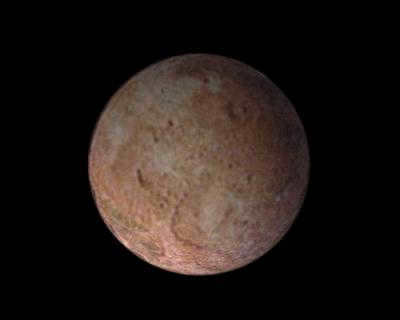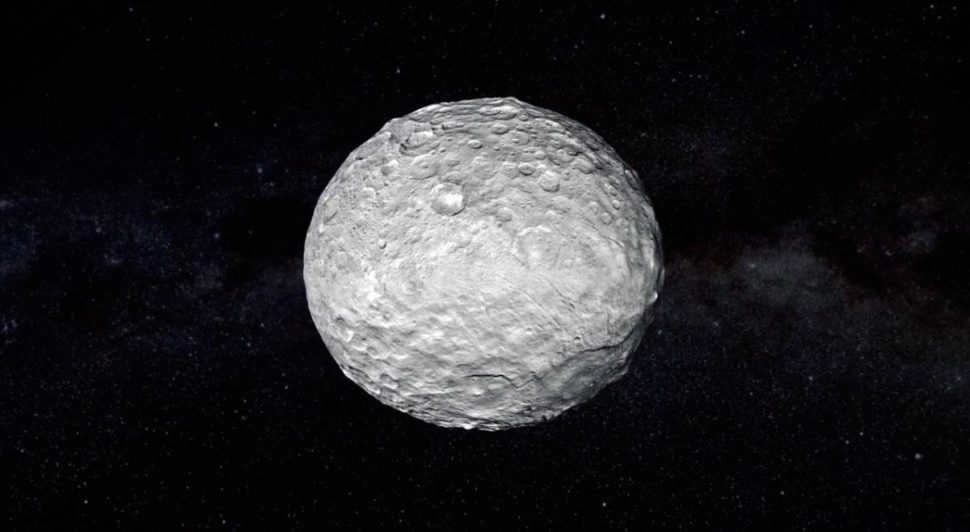
In the field of astronomy, a novel notion emerged in the year 2006 – the concept of a dwarf planet. What is the significance behind this expression and what was the motivation for scientists to introduce it?
The distinction between regular and diminutive planets
To start, let’s gain an understanding of what constitutes a planet. In the past, celestial bodies that traversed the sky were designated as planets, setting them apart from the fixed stars. In contemporary times, it has been ascertained that all planets:
- are spherical in shape;
- revolve around the sun;
- maintain orbits devoid of other sizable celestial bodies (with the exception of their own satellites).
The unique aspect of this property is that it prohibits the coexistence of two sizable entities within the same orbit. Nevertheless, as time progressed, astronomers unearthed entities resembling planets that followed closely aligned, nearly coincidental orbits. These were designated as dwarf planets. Hence, a dwarf planet is a substantial, spherical celestial object that orbits the Sun, alongside numerous other celestial bodies of similar proportions.
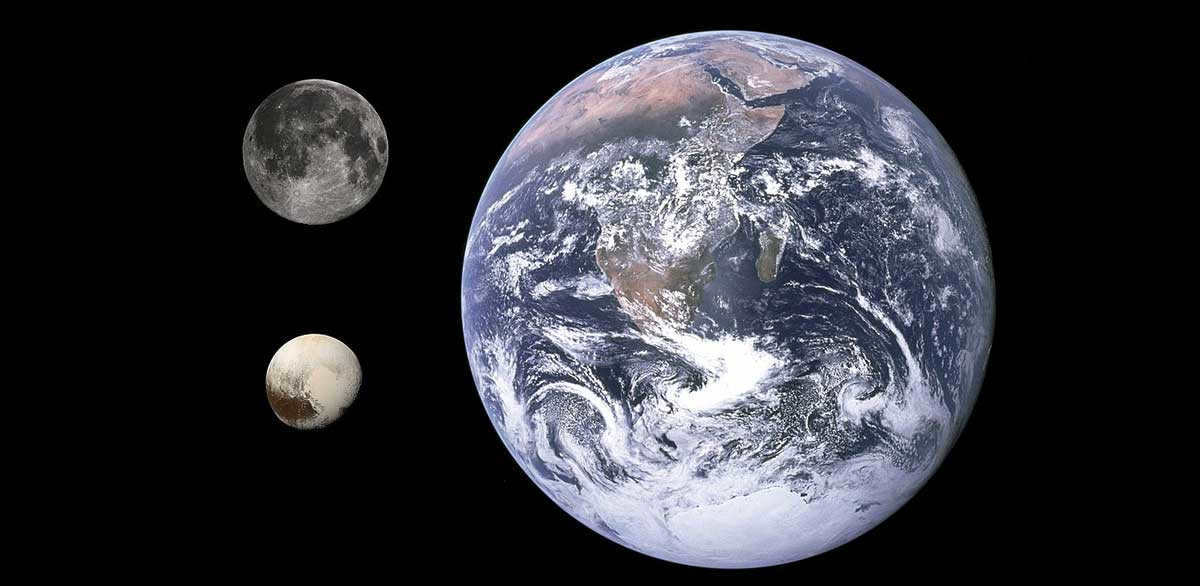
It is worth noting that, according to the laws of nature, all large celestial bodies possess a spherical shape due to the influence of their gravitational forces. This is why dwarf planets are significantly larger than typical asteroids. While they are smaller than regular planets, the exact size requirement for a celestial body to be classified as a dwarf planet is not clearly defined. It is conceivable that in the future, an object larger than Mercury or even Mars could be discovered beyond the orbit of Neptune, yet it would still be designated as a dwarf planet. Dwarf planets can also possess their own satellites and even an atmosphere. Furthermore, their internal structure bears similarities to that of Earth-like planets, featuring a dense core and mantle. Unlike asteroids, dwarf planets exhibit differentiated rather than homogenous structures.
Origin of the phrase
The history of dwarf planets is closely tied to Pluto. This celestial body was first discovered in 1930 and was initially classified as a regular planet. However, in 1992, new findings emerged. Numerous objects started to be identified in Pluto’s orbit, leading to the realization of a vast asteroid belt within our solar system known as the Kuiper belt (previously, astronomers only acknowledged one asteroid belt situated between Jupiter and Mars). Pluto was just one of many objects within this belt. Additionally, a heavier object named Erida was discovered in the Kuiper belt, surpassing Pluto in weight. Consequently, it became evident that Pluto could no longer be considered a full-fledged planet, yet demoting its status to that of an asteroid seemed inappropriate. Hence, in 2006, astronomers introduced the term “dwarf planet” to categorize Pluto and similar entities.
Together with Pluto, three other celestial bodies in the Kuiper Belt were designated as dwarf planets:
Ceres, which was previously classified as a large asteroid when it was discovered in 1801, is located in the main asteroid belt and has now been given the status of a dwarf planet.
As of 2020, astronomers have identified over 40 objects that could potentially be classified as dwarf planets, although they have not been officially recognized as such. It is estimated that there may be up to 10,000 dwarf planets in the solar system.
Here is a list of sources used:
– https://en.wikipedia.org/wiki/Dwarf_planet
– https://www.space.com/16179-dwarf-planets-solar-system-infographic.html
– https://solarsystem.nasa.gov/planets/dwarf-planets/
Pluto, which was discovered in 1930, holds the distinction of being the largest dwarf planet in our solar system. However, in a controversial decision by the International Astronomical Union (IAU) in 2006, Pluto was reclassified as a dwarf planet and stripped of its status as a full-fledged planet. It is now understood that Pluto, along with Erid, is just one of the many large objects that make up the Kuiper belt.
In 1978, scientists made an exciting discovery when they identified Charon, Pluto’s main satellite. This revelation came about during the study of a photograph of Pluto, in which the planet appeared to have a curious “hump” that was later determined to be the presence of its satellite.
Planet’s Traits
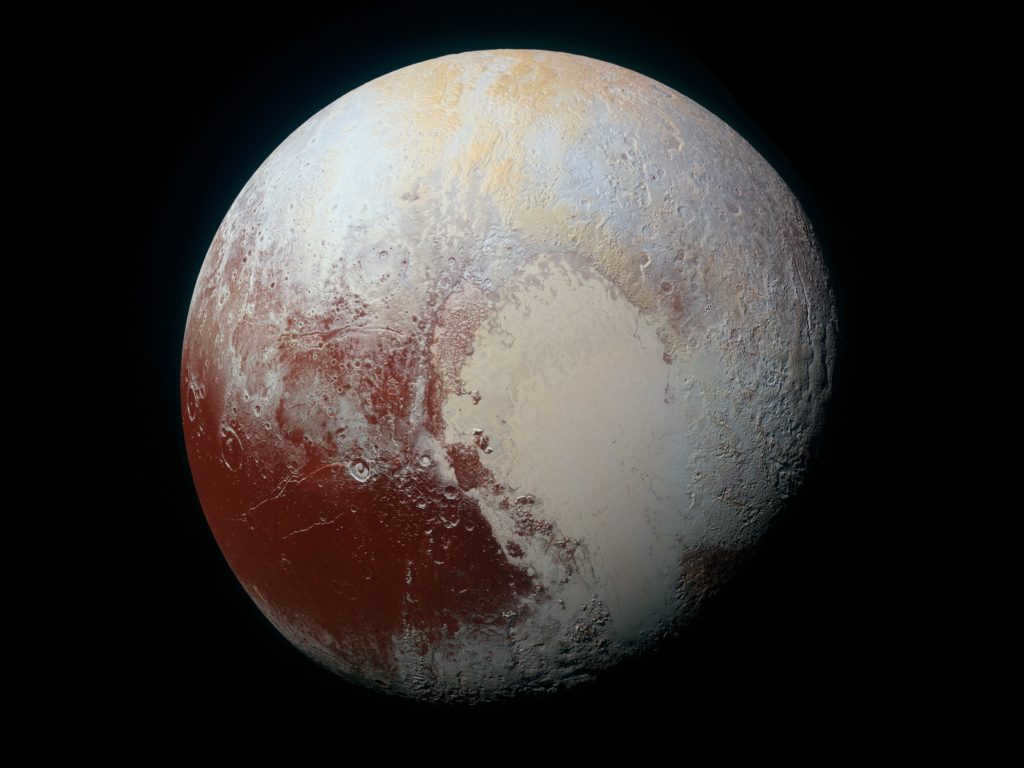
Orbit
Pluto is located at a distance of 4 to 7 billion kilometers from the Sun due to its highly elongated orbit. This means that at certain points in its orbit, Pluto can actually be closer to the Sun than Neptune. However, Pluto’s orbit is inclined at a significant angle to the ecliptic plane, so it never intersects with Neptune’s orbit. Similar to Uranus, Pluto’s axis of rotation is also tilted, causing it to rotate on its side. With a diameter two-thirds that of the Moon and a mass 0.0021 times that of Earth’s, Pluto is considered a dwarf planet. It takes Pluto 247 years to complete one revolution around the Sun, traveling at a speed of 4.666 km/s.
Pluto’s surface exhibits a great deal of diversity. This fact becomes apparent when examining the visual records captured by the Hubble telescope, and has since been verified by even more detailed imagery provided by the New Horizons probe. Analysis of the spectral data has revealed the presence of water ice on the surface, although it is largely concealed by a layer of ice that is more prone to volatility.
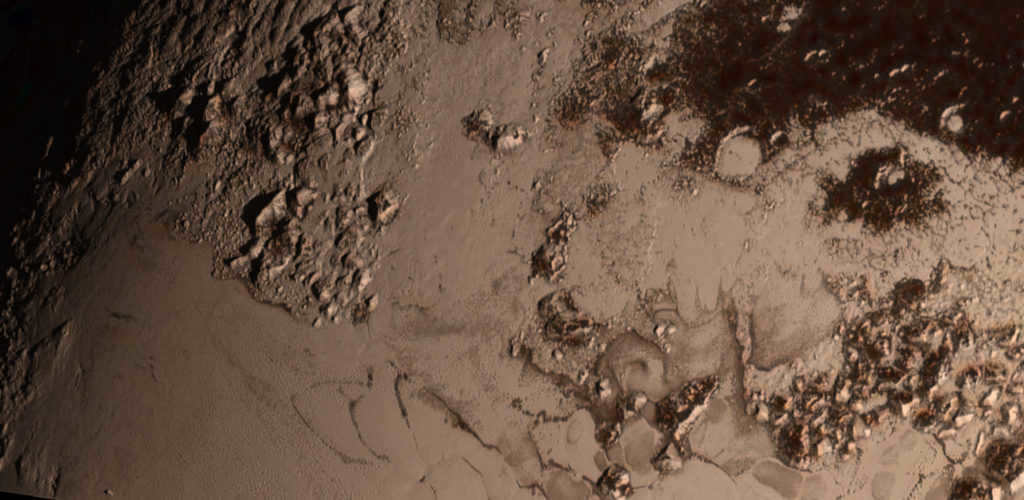
A bright zone on Pluto in the shape of a heart, measuring 1800×1500 km, was discovered by the AMS New Horizons in 2015.
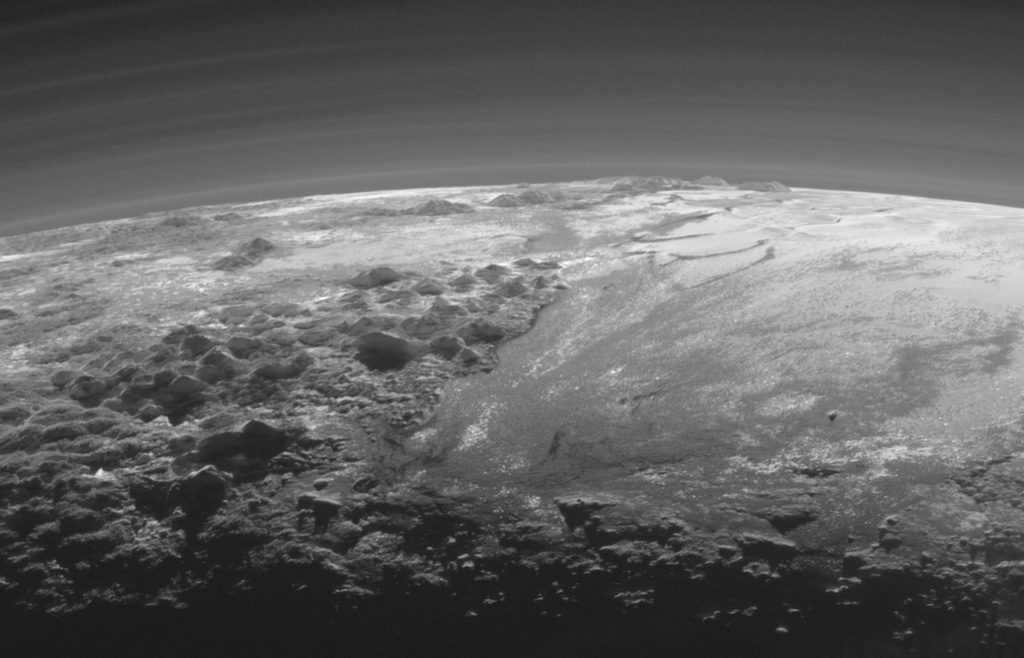
Within the region around the equator, there exist mountains that reach a height of 3.5 kilometers, which sharply contrast the generally flat icy surface, believed to be made up of water ice. One of the most notable geological features discovered on Pluto is the Sputnik Plain, a depression that spans over 1,000 kilometers and is likely an impact crater that has undergone significant erosion. This depression is filled with frozen gases and is intersected by numerous grooves, resulting in a pattern that resembles cells measuring tens of kilometers in size.
Structure within Pluto
Pluto’s internal composition consists of three distinct components. Its core primarily consists of silicate minerals and water ice, while the middle layer, known as the mantle, is composed entirely of water ice. The outermost layer is composed of frozen nitrogen.
In terms of both size and mass, Pluto is significantly smaller than all other planets within our solar system. Additionally, it is also smaller than seven other moons orbiting different planets. Specifically, it is smaller than Ganymede, Titan, Callisto, Io, the Moon, Europa, and Triton.
With a diameter of 1205 kilometers, Charon holds the title of being the largest moon in the entire solar system when compared to its planet. The distance separating Charon and Pluto is a mere 19.6 thousand kilometers, and Charon completes an orbit around Pluto in approximately one week.
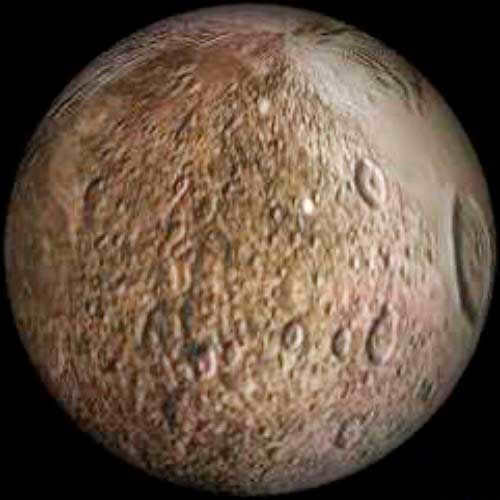
Between 1985 and 1990, a series of rare events occurred: eclipses. These eclipses followed a pattern, with one planet eclipsing the other and then vice versa. This unique phenomenon has a cycle that spans 124 years.
Upon analyzing the reflected light, scientists have discovered that Charon’s surface is composed of a layer of water ice, unlike Pluto’s methane-nitrogen layer. Researchers at the Gemini Observatory have also identified ammonia hydrate and water crystals on Charon, leading to the possibility of cryogeysers existing on the planet.
Unlike other planets in the solar system, the unique characteristics of the planetary duo’s orbits and their relatively small size have sparked theories among scientists about their origins. It is hypothesized that these planets were originally formed within the Kuiper belt and were subsequently ejected by the gravitational forces exerted by the giant planets.
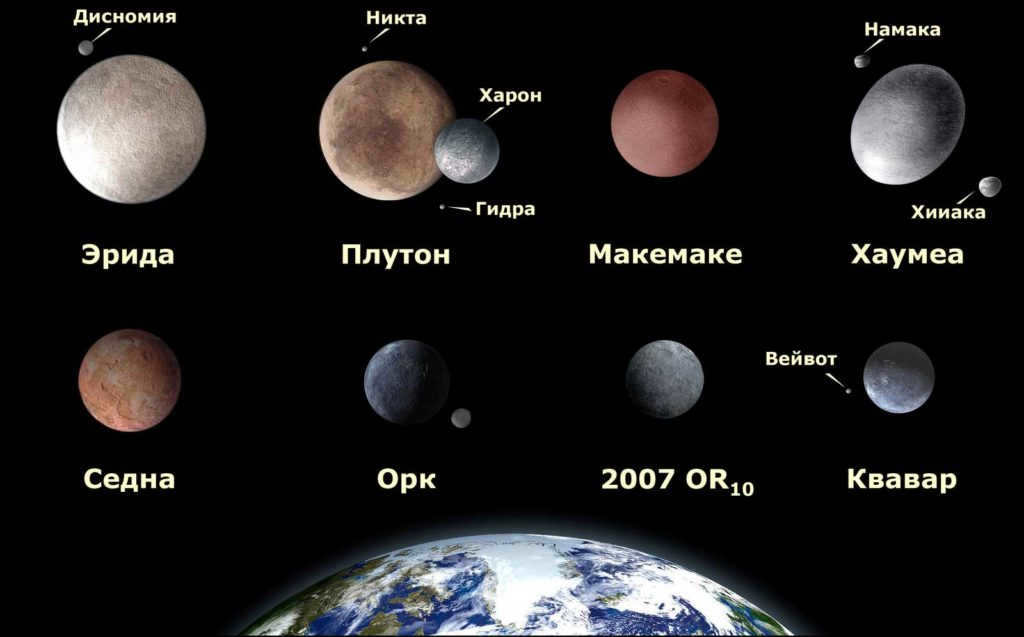
One theory proposes that the solar system’s distant outskirts were formed through the collision between the pre-existing Pluto and proto-Haron. The resulting debris then came together to create the current satellite. Today, Pluto and Charon remain closely connected as they orbit on the outer edges of the solar system.
- Hydra. It orbits in the same plane as Charon, at a distance of 65,000 km from Pluto. Its estimated diameter ranges from 52 to 160 km.
- Nycta. It is located about 50,000 km away from the main planet, and its approximate diameter is between 32 and 145 km.
- Kerber. This satellite’s orbit is situated between Hydra and Nycta, and its diameter is estimated to be between 13 and 34 km.
- Styx. With a diameter ranging from 10 to 25 km, this is the smallest satellite. Its orbit is located between Charon and Nycta.
- Charon, as mentioned earlier.
Investigation
Pluto and Charon are the least explored and least studied entities in the solar system. No space probe has ever come close to the binary planet. Although “Voyager 1” had the opportunity to pass by, it was rerouted to a different trajectory, prioritizing Titan, one of Saturn’s moons. The only existing records are the photographs captured by the Hubble telescope. On July 15, 2015, the AMS New Horizons spacecraft flew by Pluto at a distance of 12,500 km from its surface. During this encounter, both the visible side during the closest approach and the opposite side were captured in images.
Visiting Pluto
If we were to travel to Pluto, we wouldn’t be able to witness the majestic moonrise and moonset of Charon, unlike here on Earth. However, the sheer size difference between Charon and our own moon would be awe-inspiring!
Picture a scenario where the size of our Moon has expanded a hundredfold! Additionally, it remains stationary, appearing to loom with its immense gravitational pull, and even the weight of it can be sensed. Meanwhile, the distant Sun emits a faint glow, illuminating the glistening flakes of nitrogen ice.
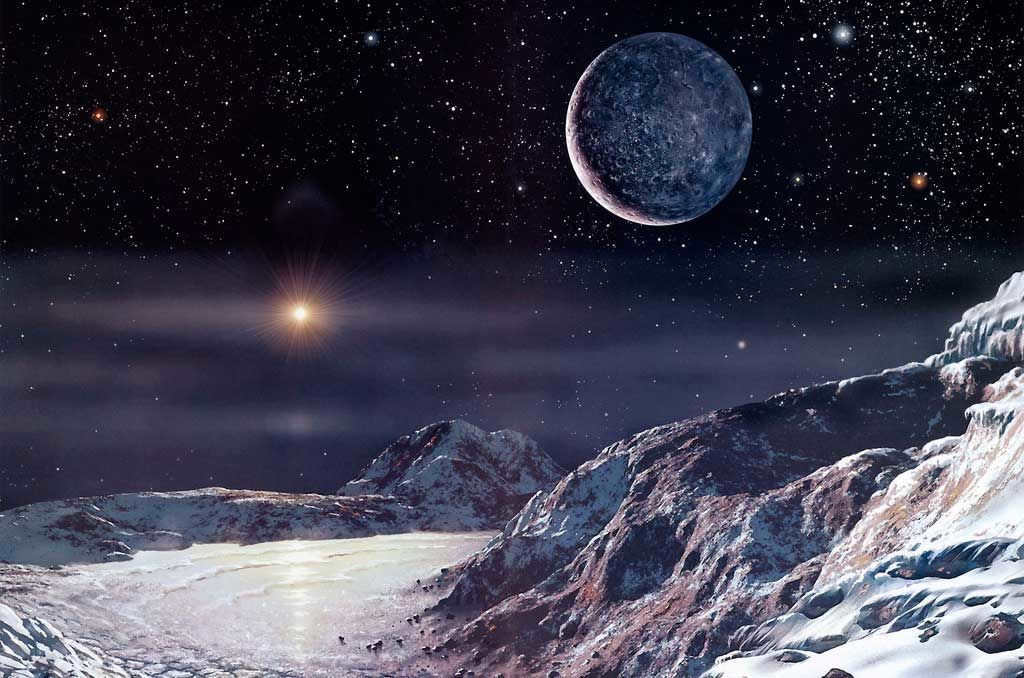
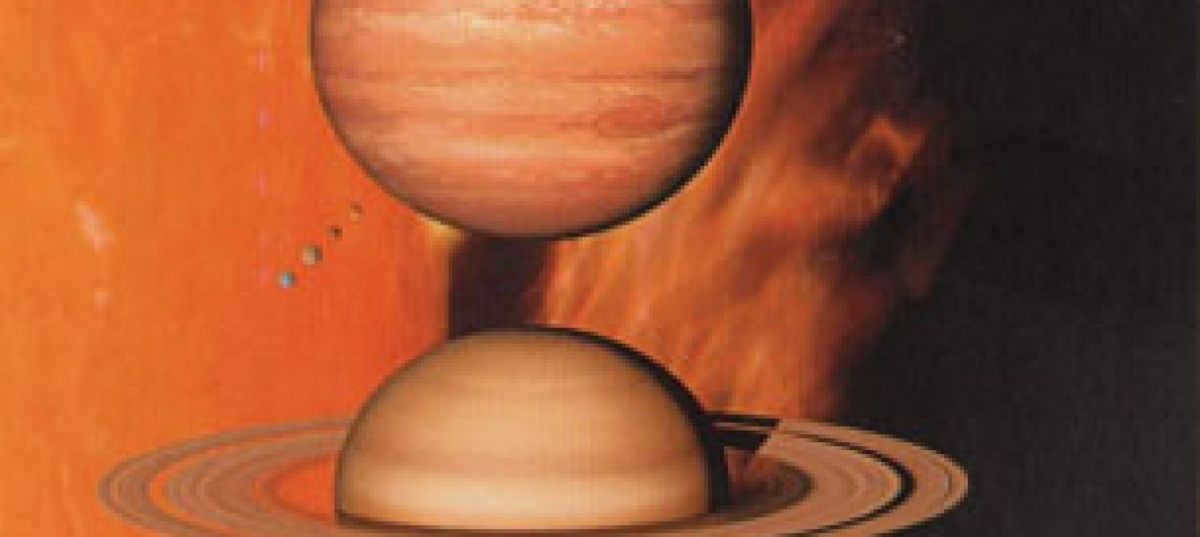
For astronomers, distinguishing dwarf planets from “ordinary” ones has proven to be a challenging endeavor.
In August 2006, a definition was established specifically for the solar system. It was agreed upon that a planet is a celestial body that (a) orbits the Sun, (b) possesses enough mass to overcome solid forces and achieve a nearly spherical shape due to its own gravity, and (c) has cleared its orbit of other objects. Pluto and Ceres, the largest object in the asteroid belt between Mars and Jupiter, do not meet this criteria and are now classified as dwarf planets. However, this new definition has sparked ongoing debate among astronomers. Some argue that it is too vague, lacking specific criteria for determining a planet’s “neighborhood” and when it should be considered “cleared”. They also point out the presence of smaller celestial bodies scattered throughout the solar system.
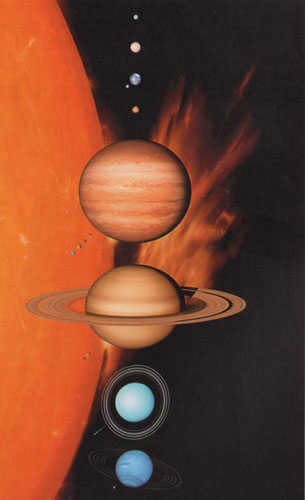
Illustration. The image depicts the primary celestial objects within our solar system, all displayed on a consistent scale. From the left side of the Sun, proceeding downwards, we observe Mercury, Venus, Earth, Mars, Jupiter, Saturn, Uranus, and Neptune, each accompanied by its largest moon. Positioned at the very bottom is the dwarf planet Pluto, accompanied by its own moon.
A dwarf planet is described as a celestial object that is not a moon, but instead revolves around a star. It possesses sufficient mass to maintain its shape due to the force of gravity, yet it lacks the ability to rid its orbit of miscellaneous space debris and small planets.
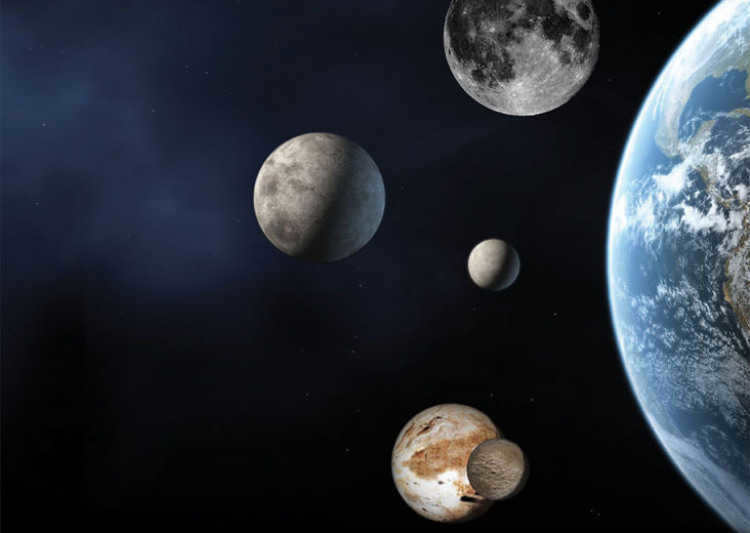
The definition of a dwarf planet is quite ambiguous and lacks precision, which has sparked considerable debate within the scientific community. It is firmly established that a dwarf planet cannot be classified as a planet or a satellite.
Dimensions and weight
In order for a celestial object to acquire a spherical shape, it must possess sufficient gravitational force to influence its shaping. Over time, the internal pressure of the object causes its surface to become more malleable, leveling out any elevations and filling in deep depressions. However, smaller celestial bodies such as asteroids lack the necessary gravitational pull to maintain a rounded form.
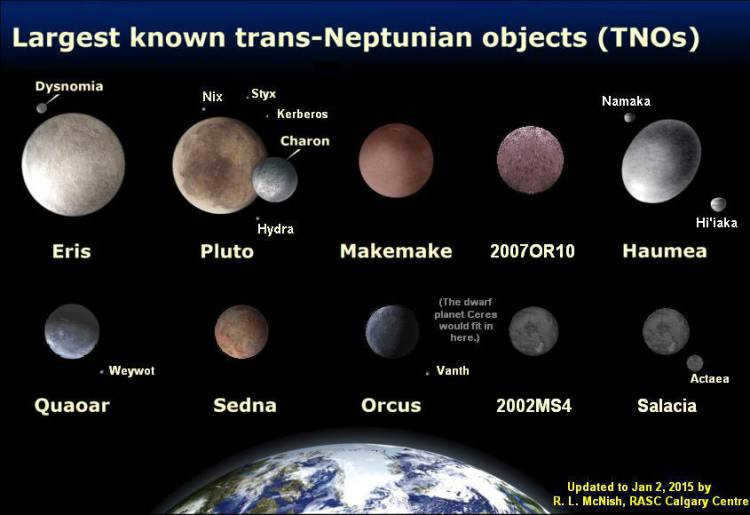
The spheroids are the closest bodies to dwarf planets, measuring a few kilometers in length. These spheroids have a much stronger gravitational pull than ordinary asteroids, but still lack the necessary force to achieve a perfectly round shape. It is widely understood that the larger a celestial body is in size and mass, the quicker its internal pressure builds. This pressure continues to increase until it surpasses the internal compression force, resulting in the object becoming as round as possible. This is how a dwarf planet forms, essentially a large chunk of rock found in the asteroid belt, such as Ceres.
However, the rotation of a planet on its own axis can influence its roundness. Without rotation, it would retain a flat spherical shape. The introduction of rotation causes a slight elongation, and the faster the rotation, the more the body stretches. A prime example of rapid rotation can be seen in Haumea.
The boundaries for dwarf planets are not clearly defined. In order for a celestial body to be classified as a dwarf planet, it must have a size and mass that allows it to achieve hydrostatic equilibrium. However, the specific threshold for each celestial body varies due to differences in composition and origin.
For example, rigid silicate objects need to be larger than 500 kilometers in size to achieve hydrostatic equilibrium. Objects that are less rigid can achieve this equilibrium at sizes greater than 300 kilometers. This is why there are no precise criteria for the size and mass of dwarf planets. Instead, the classification of a celestial body as a dwarf planet is determined more by its shape.
Eliminating Debris from Orbit
Summarizing the evaluations of celestial bodies required more than just one hydrostatic equilibrium. As a result, scientists opted to investigate their capacity for removing debris from their orbits. In simpler terms, planets should possess the ability to clear away small objects in their vicinity by either colliding with them or capturing them through gravity. However, dwarf planets lack this capability.
In order to assess the likelihood of a celestial body successfully clearing its orbit, a special parameter was devised to indicate the probability of collision with other objects. American astronomers have even proposed using this parameter as a means to definitively distinguish between regular planets and dwarf planets.
Identified and potential dwarf planets
There are currently five recognized dwarf planets in our solar system: the famous Pluto and Ceres, as well as the elongated Haumea mentioned earlier, and also Eris and Makemake. However, only the first two on this list have been thoroughly studied and confirmed as full-fledged members of the dwarf planet club.
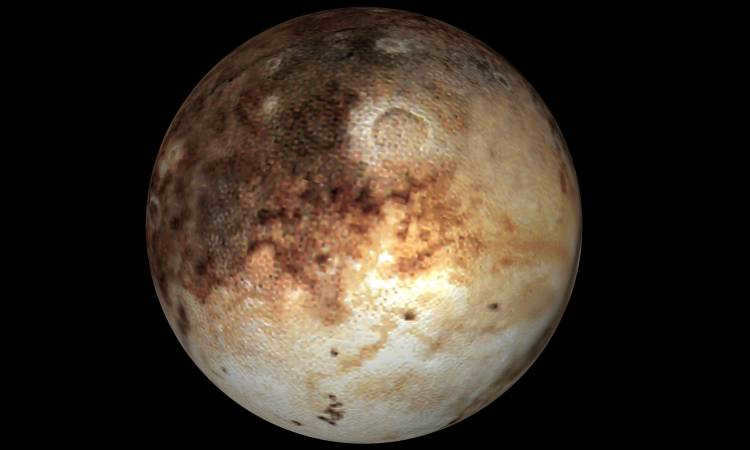
There are a number of other potential contenders for this designation. These include Sedna, Ork, and Kvavar. The roster is in fact considerably longer, totaling around 40, with most of these objects situated in the Kuiper belt. The sole exception is Sedna.
Experts indicate that there may be approximately two hundred additional dwarf planets within the Kuiper belt, and there could be countless more beyond its boundaries.
Controversy
The adoption of the 2006 definition of a dwarf planet has sparked numerous disagreements among scientists. Some scientists argued that there should only be eight planets in the solar system, while others disagreed with the definition altogether.
Opponents of this definition have valid points, as both Earth and some other planets in the solar system do not completely clear their orbits of nearby objects. For instance, Earth is surrounded by several thousand asteroids that it cannot get rid of. Similarly, Jupiter has hundreds of thousands of celestial bodies near its orbit.
However, proponents of the definition argue that while planets may not be able to completely clear their neighborhoods, they are still capable of controlling the orbits of smaller bodies within their orbital zone.
Furthermore, the current definition lacks the ability to categorize objects beyond our solar system. It is impossible to accurately ascertain whether or not an object from another star system has cleared its orbit of other celestial bodies. Although an exact definition has yet to be provided, there are established minimum thresholds for the size and mass of objects outside our solar system that would warrant classification as a planet. These thresholds are generally expected to align with those set for the planets within our own solar system. However, this definition appears even more questionable than the classification of dwarf planets. Critiquing celestial bodies based on such a limited sample of only eight objects is inherently unscientific.
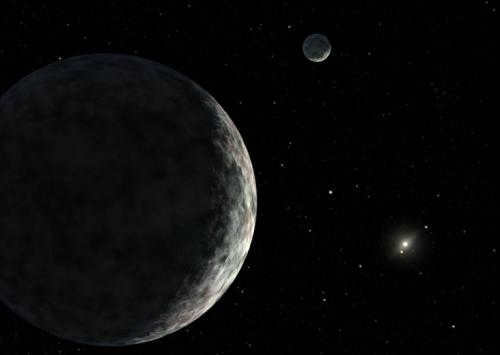
Within the confines of our celestial system, it’s not just the well-known eight planets on the charts that revolve around the star Sun. There are far more celestial objects with distant orbits around the Sun, but our knowledge about them is limited. These objects are relatively small in size and their orbits take them far from the Sun. They are referred to as dwarf planets.
These diminutive planets that orbit within our solar system are found in the region beyond the orbit of Neptune, at a considerable distance. Some of them take more than 4000 years to complete a revolution around the Sun. There could be a multitude of these small planets that we are unaware of. Here are a few that have been identified:
Pluto
Pluto is a dwarf planet in our solar system. It was once considered the ninth planet, but in 2006 it was reclassified as a dwarf planet by the International Astronomical Union. Despite its small size, Pluto has a fascinating history and has captured the interest of scientists and space enthusiasts alike.
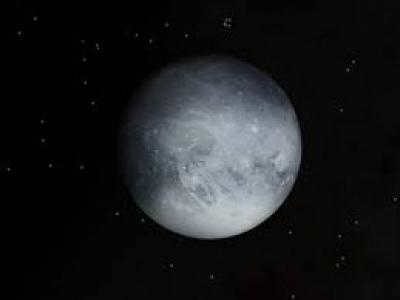
Discovered in 1930, Pluto has a diameter of 2322 km. It is located at a distance of 30-49 astronomical units from the Sun and has an orbital period of 248 years.
Pluto, once considered the ninth planet in the solar system, was demoted in 2006 due to the discovery of Eridas. According to Mike Brown, who discovered Eridas, “You either have to count Erida as a planet or not count Pluto as one.”
Orcus
is a celestial body that belongs to the category of trans-Neptunian objects.
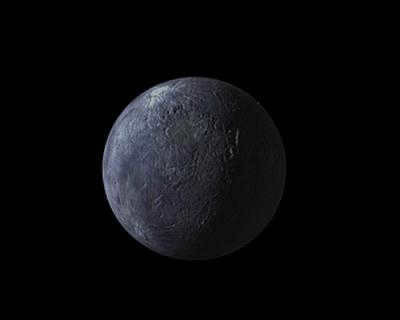
Discovered: in 2004 / Size: approximately 850 km
Distance from the Sun: 30-48 astronomical units / Orbital period: 245 years
One fascinating characteristic of this diminutive dwarf planet is its synchronized orbit with Neptune. Specifically, for every three orbits that Neptune completes around the Sun, Ork completes two. Interestingly, the larger Pluto shares the same peculiarity.
Haumea
Haumea is a dwarf planet located in the Kuiper belt, a region of space beyond Neptune. It was discovered in 2004 and is named after the Hawaiian goddess of fertility and childbirth. Haumea is known for its unique shape, which is elongated and resembles a rugby ball. It is believed to have formed from a collision with another object billions of years ago. Haumea has two known moons, Hi’iaka and Namaka, which were discovered in 2005. The dwarf planet is also known for its fast rotation, completing a full spin in just under four hours. Haumea is an intriguing object in our solar system and continues to be studied by astronomers to learn more about its composition and origins.
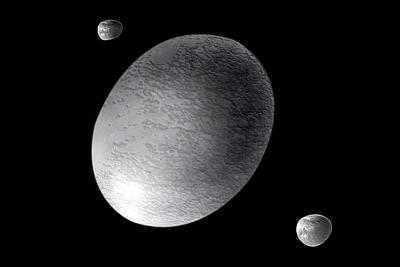
It was discovered in the year 2004 and has a diameter of approximately 1400 km. It is located at a distance of 35-43 astronomical units from the Sun and takes 283 years to complete one orbit around it.
This extraordinary dwarf planet has an elliptical shape, resembling a smooth pebble that has been carved by the force of water. Its surface is coated with a delicate layer of frozen water.
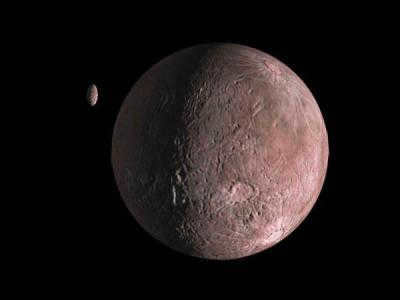
Discovered in 2002 / Size: approximately 900 kilometers
Distance from the Sun: 42-45 astronomical units / Orbital period: 286 years
This celestial body, which follows its own orbit, was first observed in 1954. Many scientists believe that Kvavar is coated with a layer of crystalline ice, indicating that its temperature has increased from -220 to -160 degrees Celsius.
One possible explanation for this unusual warming is the continual bombardment of small meteorites on its surface and the presence of ice volcanoes.
Makemake.
Rephrase the text, making it unique, using the English language and preserving the HTML markup:
Makemake.
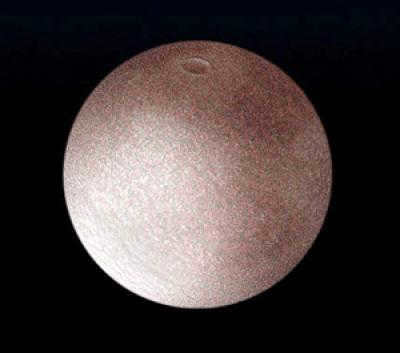
Discovered in 2005, Makemake is a dwarf planet with a diameter of approximately 1460 km. It is located at a distance of 38.5-53 astronomical units from the Sun and has an orbital period of 310 years.
Makemake’s surface is incredibly icy and remarkably flat, so much so that researcher Mike Brown jokes, “One could potentially skate on its surface.” The average temperature on Makemake is -240 degrees Celsius, and its surface is covered in slabs of methane ice.
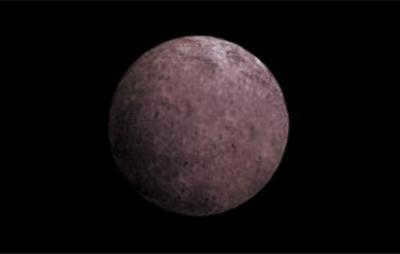
Discovered in 2007 / Size: approximately 1250 kilometers in diameter
Distance from the Sun: 34-101 astronomical units / Orbital period: 551 years
An unnamed celestial body of significant size remains in the Solar System. Megan Schwomb and Mike Brown, the discoverers, have affectionately referred to it as Snow White, as they believed it to be composed primarily of water ice. The presence of ice has since been confirmed, albeit with some reservations, and the planet’s color is not white, but rather a shade close to red.
Erida (Eris)
Erida, also known as Eris, is a celestial body in our solar system. It was first discovered in 2005 and is considered to be the largest dwarf planet in our solar system. Erida is located in the Kuiper Belt, a region beyond the orbit of Neptune that is home to many icy bodies. Erida has a diameter of about 2,326 kilometers and is composed mainly of rock and ice. Its surface is covered in craters and it has a thin atmosphere. Erida is named after the Greek goddess of strife and discord.
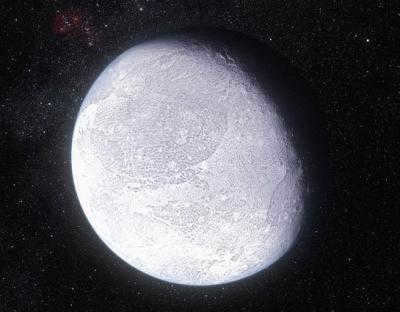
Unveiling: in the year 2005 / Diameter: approximately 2326 kilometers.
Distance from the Sun: 38-98 astronomical units / Orbital period: 560 years
Out of all the known dwarf planets, Erida is the most massive “non-planet”, being 27% more massive than Pluto. In fact, this and other information led to Pluto being classified as a dwarf planet. Otherwise, if we consider all the criteria, the solar system would not consist of just eight planets, but many more.
2012 VP113
is a celestial body that was discovered in 2012. It is an interesting object because of its unusual orbit and distance from the Sun. This discovery has provided scientists with valuable information about the outer regions of our solar system. The unique characteristics of
2012 VP113
make it an important subject of study in the field of astronomy. It is fascinating to learn about the mysteries of our universe through the exploration of objects like
2012 VP113
.
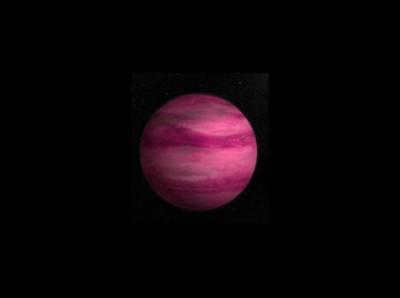
Discovery: 2012 / Diameter: ~ 450 km
Distance from the Sun: 80-449 a.u. / Orbital period: 4300 years
An exotic pink-colored dwarf planet, discovered in 2012, is located at a significant distance from the Sun, about 80-449 astronomical units. It has a diameter of approximately 450 km and an orbital period of 4300 years. According to one of the discoverers, Scott Shepherd, the pink color suggests the presence of a large amount of water methane ice with stony rock inclusions on its surface.
Sedna
Sedna, also known as the Inuit goddess of the sea, is a celestial body that orbits the sun in the far reaches of the solar system. This distant dwarf planet was discovered in 2003 and is named after the Inuit mythological figure who is said to live at the bottom of the ocean. With its reddish surface and extremely elongated orbit, Sedna presents a fascinating mystery for astronomers and scientists. Its discovery has raised many questions about the formation and evolution of the solar system, and studying Sedna could provide valuable insights into the history of our own planet.
